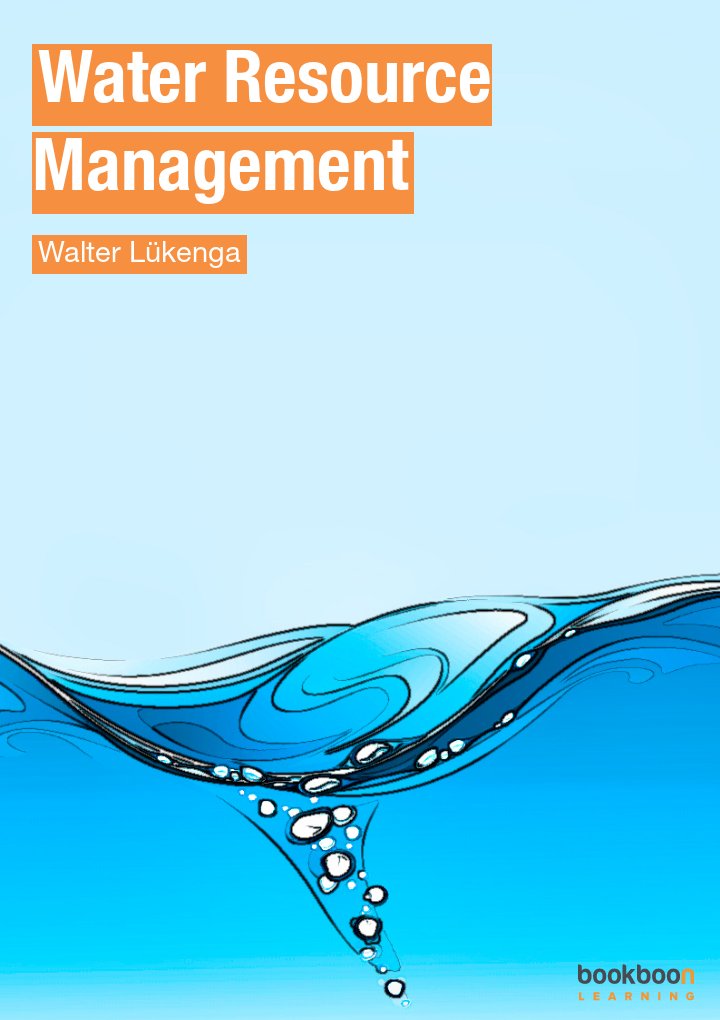Water Resources In India Ppt Download For Mac
India is endowed with a rich and vast diversity of water resources. India has seasonal rainfall with high temporal and spatial variability. 50% of precipitation falls in just 15 days and over 90% of river flows in just four months. Pr e twentieth century India had community level w ater resource management practices in place, across regions. India has invested in building its water infrastructure (dams, reservoirs and canals) in arid areas. The per capita water storage capacity in India is much below that of China and the US.
Indian rivers are in a state of decay. India’ s irrigation and water supply services are in poor shape. Urban India heavily depends upon groundwater sources to meet the daily water requirements. The total utilizable water resources of India are assessed as 1086 km.
Sustainable Water Resources in India. 1. An Environmental Science & Biology Presentation On:- “SUSTAINABLE WATER RESOURCES IN INDIA”. What is Sustainability? THE DALY RULES FOR SUSTAINABILITY - “Sustainable development is development that meets the needs of the present without compromising the ability of future generations to meet their own needs.” - Brundtland Commission (1983) (1) Renewable resources such as fish, soil, and groundwater must be used no faster than the rate at which they regenerate. (2) Nonrenewable resources such as minerals and fossil fuels must be used no faster than renewable substitutes for them can be put into place.
(3) Pollution and wastes must be emitted no faster than natural systems can absorb them, recycle them, or render them harmless. By - Herman E. University of Maryland School of Public Policy). Use of Renewable Resources ‘VS’ The Rate of Renewal Consumption of renewable resources State of Environment Sustainability More than nature's ability to replenish Environmental Degradation Not Sustainable Equal to nature's ability to replenish Environmental Equilibrium Steady-State Sustainability Less than nature's ability to replenish Environmental Renewal Sustainable Development. Why Sustainability in Water Resources? Water is life. Water sustainability is one of the greatest challenges facing the country of India.
The urgent need for a clean, reliable water supply is complicated by a burgeoning population, agricultural demands, unreliable energy, and the monsoon system, which subjects the country to devastating floods during three months of the year and droughts during others. Growing pressure on water resources – from population and economic growth, climate change, pollution, and other challenges – has major impacts on our social, economic, and environmental well-being. Many of our most important aquifers are being over-pumped, causing widespread declines in groundwater levels. About 80% of India's fresh water is used for agriculture. According to the WorldWatch Institute, “In India, the demand for water in urban areas is expected to double and industrial demand to triple by 2025.

According to a 2012 source, a staggering 70% of the available water in India is polluted. Hence, we require techniques and policies to ensure the sustainability of water for future generations. THE INDIAN SCENARIO India has a territory of 328 million hectares, which receives an average annual rainfall of 120cm, this is among the highest for a comparable geographical area in the world. The water resources of the nation are enormous but unevenly distributed in several terms: seasonally, regionally, basin wide, cultivator class-wise, and crop-wise. Due to lack of national water resources budgeting and planning, famine in the vast tracts of southern and western peninsula ravages the lives of farmers.

SUSTAINABLE WATER RESOURCES Surface Water Surface freshwater is unfortunately limited and unequally distributed in the world. Structures such as dams may be used to impound water for consumption. If properly designed and constructed, dams can help provide a sustainable water supply.
Groundwater Groundwater accounts for greater than 50% of global freshwater. Groundwater can be a sustainable water supply source if the total amount of water entering, leaving, and being stored in the system is conserved. SUSTAINABLE WATER RESOURCES Rainwater Harvesting Desalinization Collecting water from precipitation is one of the most sustainable sources of water supply since it has inherent barriers to the risk of over-exploitation found in surface and groundwater sources, and directly provides drinking water quality. Desalinization has the potential to provide an adequate water quantity to those regions that are freshwater poor, including small island states.
However, the energy demands of reverse osmosis, a widely-used procedure used to remove salt from water, are a challenge to the adaptation of this technology as a sustainable one. SUSTAINABLE WATER RESOURCES Reclaimed Water Reclaimed water, or water recycled from human use, can also be a sustainable source of water supply. It is an important solution to reduce stress on primary water resources such as surface and groundwater. Bottled Water Bottled water is a 21st century phenomenon whereby mostly private companies provide potable water in a bottle for a cost. When sustainability metrics are used to access bottled water, it falls short in many situations of being a sustainable water supply. INDIA: DEPLETING WATER RESOURCES (A STUDY BY NASA) The study, led by Matthew Rodell of the United States' NASA Goddard Space Flight Center in Maryland, indicated that groundwater across a swath of India from New Delhi into heavily farmed agricultural belts dropped at an average rate of 1.6 inches per year between August 2002 and October 2008.
That decrease in groundwater is more than double the capacity of India's largest reservoir. 'The region has become dependent on irrigation to maximize agricultural productivity,' Rodell said in a statement. 'If measures are not taken to ensure sustainable groundwater usage, the consequences for the 114 million residents of the region may include a collapse of agricultural output and severe shortages of potable water.“ The study noted that the drop in groundwater came in years where there was no shortage of rainfall to cause a natural decline. The region, though, has seen an enormous increase in water use since the 1960s. Part of that is because of the growing population, though even more resulted from the so-called Green Revolution, which dramatically increased India's agricultural production. “SUSTAINABLE WATER RESOURCE MANAGEMENT IS PARAMOUNT”.
Water Resources In India Ppt Download For Mac
Sustainable Water Resource Management (SWAR) THE SUSTAINABLE WATER RESOURCE MANAGEMENT (SWAR), A PROJECT RUN BY THE STOCKHOLM INTERNATIONAL WATER INSTITUTE (SIWI) THEIR GOAL IS TO IMPROVE THE WATER MANAGEMENT IN THE TEXTILE PRODUCTION WHILE ALSO DECREASING THE AMOUNT OF CHEMICALS AND ENERGY THAT IS USED. THERE IS ALSO TRAINING OF BOTH MANAGEMENT AND WORKERS SO THAT THEY CAN WORK CONTINUOUSLY WITH THESE ISSUES. SWAR INCLUDES AWARENESS SESSIONS AND WORKSHOPS, AND ALSO HANDS-ON TECHNICAL WORK IN THE FACTORIES.
OPPORTUNITIES FOR RESOURCE SAVING AND OPTIMIZATION ARE IDENTIFIED AND FIXED, AND THE EFFICIENCY OF THE INFRASTRUCTURE IS IMPROVED. WHAT MAKES SWAR SOMEWHAT UNIQUE IS THE FACT THAT THE PROJECT NOT ONLY ENGAGES SUPPLIERS BUT ALSO SUB-SUPPLIERS. FOR MANY OF THE COMPETING DYE-HOUSES, THIS HAS BEEN THE FIRST TIME THAT THEY SAT DOWN AT THE SAME TABLE. “The textile industry is the number one industrial polluter of water on the planet. Now Swedish clothing brands Indiska, KappAhl and Lindex have joined forces to help their suppliers become more eco-friendly.